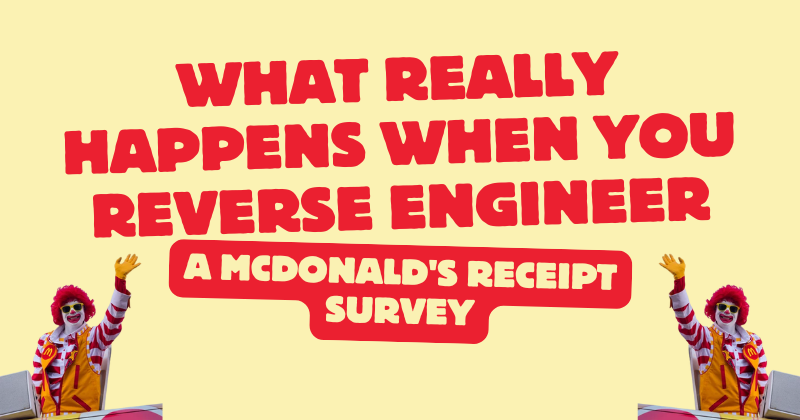🚧 Content Update Notice
This article previously discussed McDonald’s survey program (McDVoice).
At McDonald’s request, the details have been removed.
This post was originally written for research and educational purposes to explore how customer feedback systems work. We fully respect McDonald’s rights and have updated the content accordingly.
📝 About Feedback Codes (General Info)
Many companies provide survey codes on receipts. These are generally used to:
- Collect opinions about service and product quality
- Identify areas for improvement
- Reward customers with discounts or freebies
While each brand’s system is different, the purpose is always the same: to listen to customers and improve experiences.
👉 Want to leave feedback with McDonald’s?
Go to the Official McDVoice Survey
